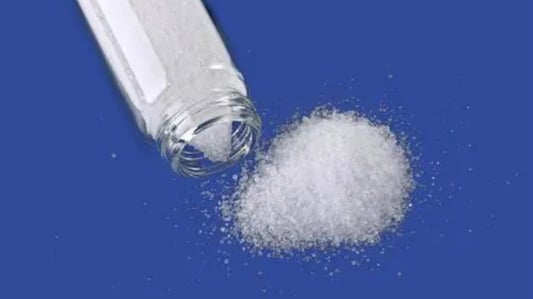What is Efinaconazole?Efinaconazole | CAS No. 164650-44-6is an antifungal medication used to treat toenail fungus, also known as onychomycosis. It is sold under the brand name Jublia and was approved by the FDA in 2014. The chemical formula for Efinaconazole is C18H22Cl2N2O, and it has a molecular weight of 343.29 g/mol.CAS No. 164650-44-6CAS No. 164650-44-6 is the unique identification number assigned to Efinaconazole. CAS stands for Chemical Abstracts Service, which is a division of the American Chemical Society. This number is used to uniquely identify the chemical compound in scientific literature and databases.How Does Efinaconazole Work?Efinaconazole works by inhibiting the growth of fungi that cause toenail infections. Specifically, it blocks the synthesis of ergosterol, which is an essential component of fungal cell membranes. Without ergosterol, the fungal cell membrane becomes weakened, leading to the death of the fungus.Application of EfinaconazoleEfinaconazole is applied topically to the toenail. It is supplied as a clear, colorless solution that is applied to the affected toenail and the surrounding skin once daily. The solution should be applied evenly and allowed to dry before putting on socks and shoes. Treatment typically lasts for 48 weeks.Effectiveness of EfinaconazoleClinical studies have shown that Efinaconazole is effective in the treatment of toenail fungus. In one study, over 50% of patients treated with Efinaconazole had complete clearance of the fungus after 48 weeks of treatment.Possible Side EffectsThe most common side effects of Efinaconazole are skin irritation, itching, and ingrown toenails. These side effects are generally mild and go away on their own. Rare side effects include severe allergic reactions and liver damage.Precautions and ContraindicationsEfinaconazole should not be used by individuals who are allergic to it or any of its components. It should also be used with caution in individuals with liver disease or a history of allergic reactions. Efinaconazole has not been studied in pregnant or breastfeeding women.Storage and HandlingEfinaconazole should be stored at room temperature, away from heat and moisture. It should be kept out of the reach of children. The solution should be used within 2 months of opening.Future Research and DevelopmentWhile Efinaconazole is currently the most effective treatment for toenail fungus, there is ongoing research to develop more potent and targeted antifungal medications. One area of focus is the use of nanoparticles to deliver antifungal drugs directly to the infected toenail.ConclusionEfinaconazole is a safe and effective treatment for toenail fungus. While it may take up to a year to see complete clearance of the fungus, the majority of patients experience significant improvement in the appearance of their toenails. If you suspect you have toenail fungus, talk to your healthcare provider to determine if Efinaconazole is right for you.Quote InquiryContact us!










